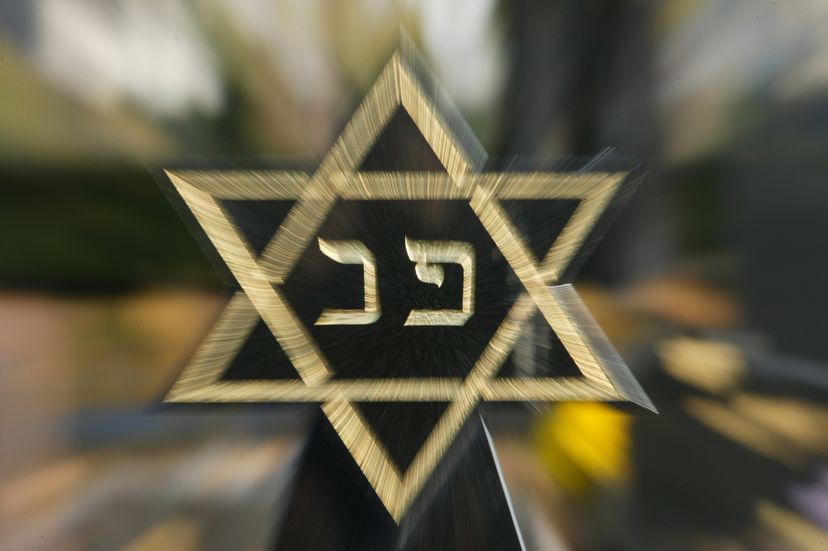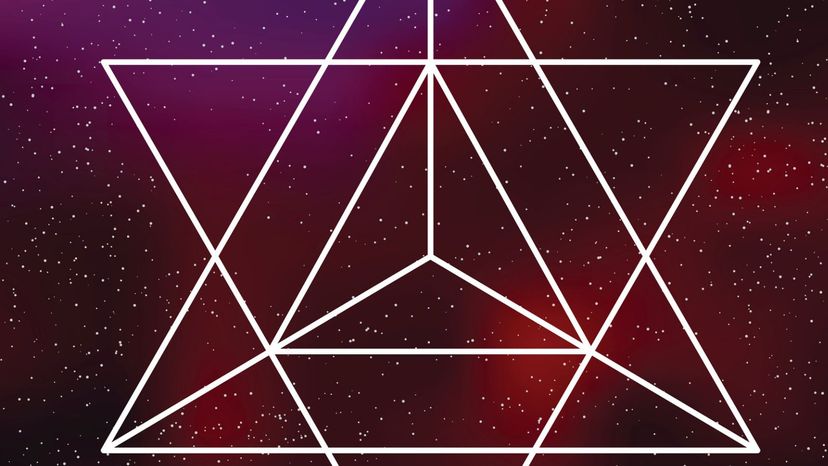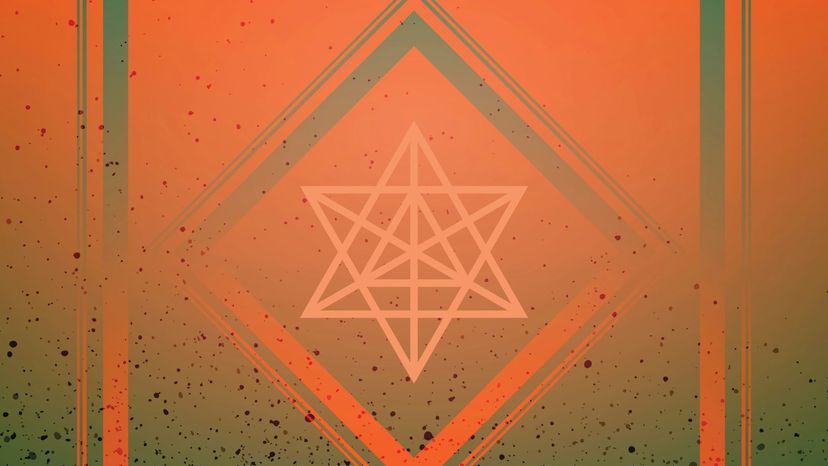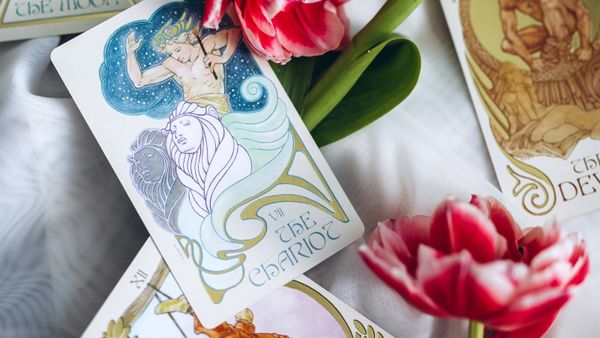The merkaba tradition continued to evolve and find new expressions in the centuries that followed. Prominent Jewish thinkers, such as Maimonides and the Kabbalists, sought to integrate the merkaba vision into their respective theological and philosophical frameworks.
Maimonides, the renowned 12th-century philosopher, attempted to provide a rationalistic explanation for the merkaba, interpreting the celestial beings and the throne as symbolic representations of the divine attributes and the metaphysical structure of the universe. The Kabbalists, on the other hand, saw the merkaba as a central component of their mystical cosmology, relating it to the Sephiroth (divine emanations) and the concept of the "Four Worlds" (Atziluth, Beriah, Yetzirah, and Assiah).
The Hasidic movement, which emerged in the 18th century, also drew upon the merkaba tradition, interpreting it as a metaphor for the harmony and balance that can be achieved within the human psyche and the natural world. The merkaba, in this context, became a symbol of the integration of the various archetypes and forces that shape our existence, with the "man on the throne" representing the individual's capacity to direct and channel these energies towards spiritual growth and divine service.





